Ayurveda treatment
In addition to cellular structure, Ayurveda’s understanding of the human body includes unity of physiology, soul and mind.
Moreover, disease disorders affecting one of the three aspects invariably begin to affect the other two as well.
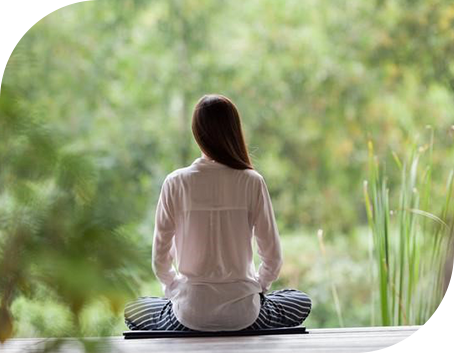
What is the specificity of Ayurveda?
Already thousands of years ago, Ayurvedic texts described 8 branches of medicine, namely:
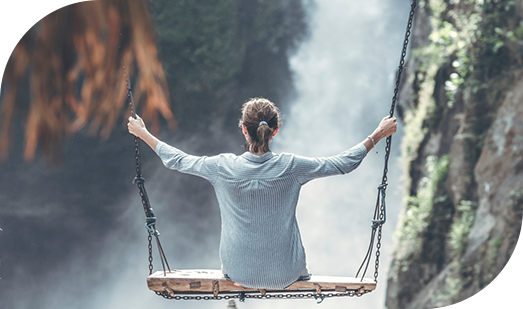
Instead, every Ayurvedic doctor is trained to treat the body holistically by eliminating the cause of disease.
This is done by returning to the natural state of the body, which leads to the normalization of all its functions.
Therefore, treatment in Ayurveda takes place at the same time as detox – freeing the body from accumulated toxins, food and daily regime and spiritual practices.
How do diseases start according to Ayurveda?
They are assigned to a person at birth in a unique ratio, and each of them is associated with a certain type of body function.
Violation of this balance leads to impaired functions related to the corresponding Dosha, and from there to diseases:
• If the imbalance affects one of the three energies, health changes slightly.
• An imbalance of two Doshas leads to more serious diseases.
• And if all three energies are out of balance, the disease is severe, and the treatment is difficult and long.
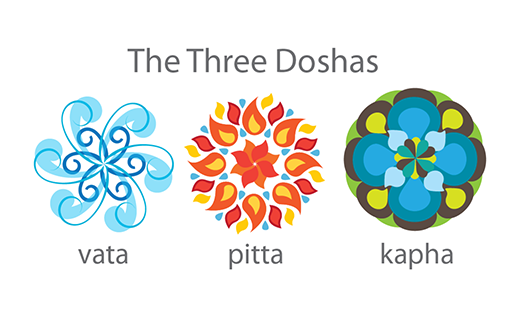
What are the characteristics of the three Doshas?
The three energies are all over the body, but there are also areas where they are more clearly expressed:
For example, for people with Pitta Dosha, which is hot, hot foods or chili are not recommended because they are heating.
Fatty and cold food is not suitable for Kapha, and food for dry Vata should be more liquid and warm.
Types of diseases according to Ayurveda
Treatable diseases are divided into groups according to the disturbed balance of one, two or three doshas, and also according to the external cause, if any.
It is impossible to list all specific diseases derived from Ayurveda, but for illustration the main types of diseases can be mentioned:
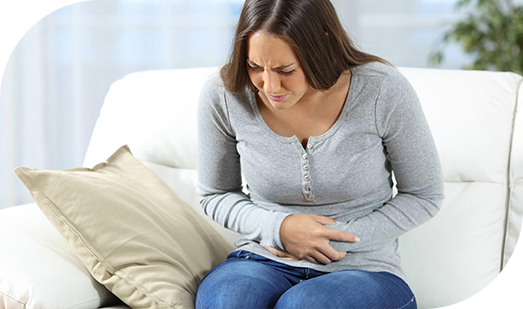
• 7 types of skin diseases /Kushta/ including diabetes related skin problems /Pramea Pidakas/ and herpes related diseases /Visarpa/.
• 6 types of problems related to difficulties in natural needs, including disorders such as diarrhea /Udavarta/.
• 5 types of conditions in which hiccups /Hikka/, sensations of thirst /Trishna/, vomiting /Chardi/, loss of taste and appetite /Aruchi/ occur.
• 5 types of diseases in which headache occurs, or anemia, diseases of the heart system, delusions.
How are medicinal Ayurvedic products made?
These are mainly herbs, oils, purified metals and minerals, as well as various combinations in between.
The products used in Ayurvedic treatment can be traditional and non-traditional, the traditional ones being described in the holy books and include:

• Liqueurs /Arishta and Asava/ naturally fermented
• Herbal marmalades or pastes with decoctions /Avaleh/
• Dried herb powder /Churnam/
• Herbal decoctions /Kashayam/
• Tablets /Kwatham/
• Tablets with minerals /Vati/
• Thick herbal pastes /Pak/
• Fine powder of minerals, metals and others baked at a high temperature /Basma/
• Cow butter, purified and combined with herbs /Gritam/
• Herbal medicinal oils /Tailam/
Tablets are also used, composed mainly of Commiphora mukul – resin from a shrub that grows with the Frankincense tree – they are called Guggulu.
How does the Ayurvedic consultation work?
This happens by restoring the disturbed energy balance in the body.
For this purpose, the Ayurvedic doctor must go through the following stages of consultation and diagnosis:
• Clarification of the current Vikriti status, which reflects the deviations from the patient’s balance that have occurred.
• Determination of a strictly individual treatment plan – exactly what medicines and how to take them, what therapies to use in what combination and sequence.
• Determining advice for changes in habits – motor regime, food regime, alternation of work and rest, etc.
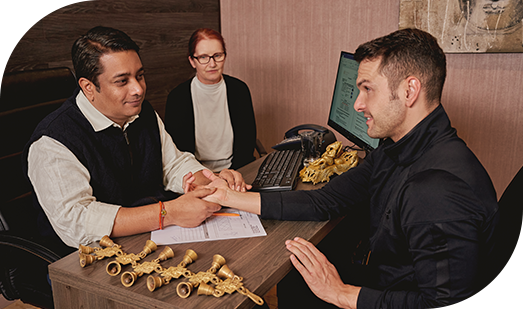
To make all of this possible, the consultation includes both a thorough physical examination and a conversation with lifestyle questions.
Methods such as pulse diagnosis, examination of eyes, tongue, hair and nails, reading of muscle reflexes, speech, general posture, gait, etc. are used for physical examination.
In the talk, side factors are discussed – events in life, the climate, the place and way of working, relations with colleagues, at home, etc.
The overall picture explains the mechanism by which the imbalance occurs and helps to draw up a strategy for its restoration.

